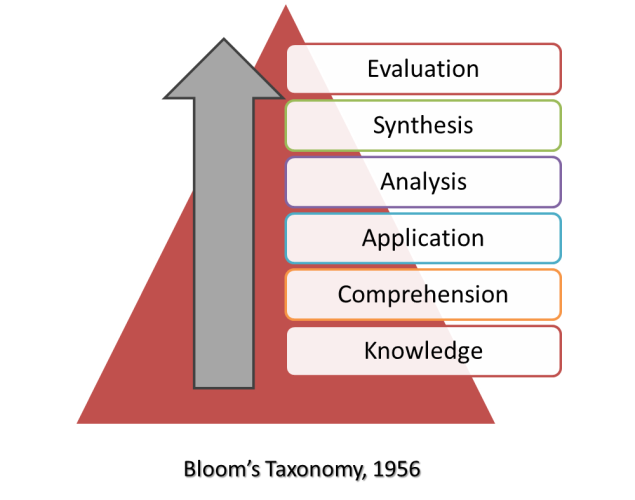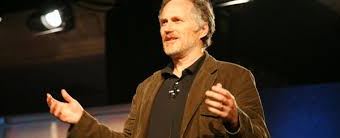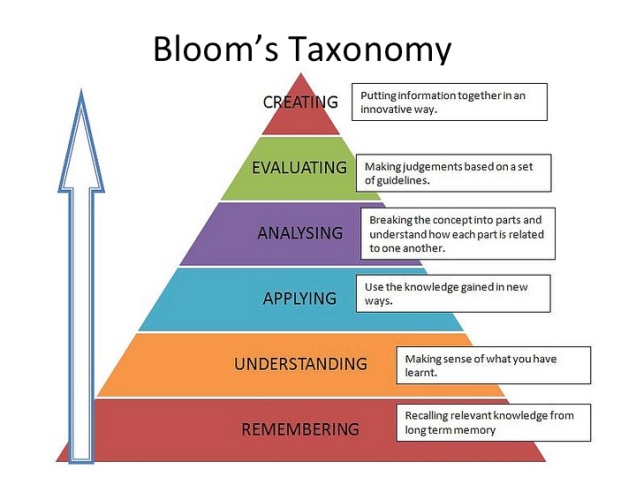Bloom’s Taxonomy just got better
Any educator or teacher would know Bloom’s Taxonomy. If you are a teacher and you do not know it, here it is..
Back in 1956 Benjamin Bloom posited that there are three educational domains, namely, cognitive, affective and kinesthetic. Cognitive deals with acquiring and processing facts and knowledge. Affective addresses emotional balance, appreciation and affirmation of the understanding of facts and knowledge. Kinesthetic is all about acquiring new knowledge through psychomotor ways.
In the past, learning is not a common term used but education or educational would be. Information has only become a convenient term that goes with learning during the mid-2000 to 2010 when Web 2.0 really became a mental model for many learning situations.
Now given these three domains, most students in the past were also classified as either very cognitive, affective or kinesthetic in dealing with new truths, facts and knowledge. So curricula were designed to cater to each of the three.
Bloom advanced his discussions on cognitive method of gaining knowledge through what he proposed as the Bloom’s Taxonomy. This taxonomy has been the basis of most instructional designs.
As a teacher, trainer and instructional designer, I have used Bloom’s taxonomy as a rule of thumb in designing and matching activities with the learners and the content or skills to be learned.

As mentioned earlier, it was the decade of 2000-2010 that gave heralds to the Web 2.0. It is a web framework that is very much accepted by many industries. It believed in the power of technology to expand the way of doing all kinds of business through the web. Tim O’Reilly was the architect of this Web 2.0. The intention was to bring the internet, or rather the web, into a more user and netcitizen-oriented model. The impact of this model rolled from commerce to different fields and made a strong impact to education. The new century now saw how technology has organically pushed knowledge construction and thereby educators saw that this situation warrants an addition to Bloom’s taxonomy of learning.

Tim O’ Reilly. For many years now, I have been the shadow evangelist of O’Reilly’s contribution to the knowledge construction, do-it-yourself (DIY) learning model. His Web 2.0 was a persuasive, game changer and people-oriented framework.
In this light that educators in the recent decade made different modifications on the model to include one cognitive level, “Creation“. This addition may have spontaneously occurred at the same time that O’Reilly’s Web 2.0 was accepted and applied in many web exchange platforms.

There are two sites I am sharing as reference to the revised Bloom’s model. First from ExpertBeacon and the second by Donald Clark (2015).
Regardless whether if it is the 1956 or the 2000 version, learning experiences must be designed to aim at elevating the learning circumstances, enrich the experiences and develop critical thinking skills such as analyzing, decomposing, reconciling or synthesizing and creating– creating in the sense of being able to design something useful, construct a solution or even innovate. This is the essence of creation in the new model.
So while the oldies will be familiar already and some young or new teachers are still acquainting themselves on Bloom’s Taxonomy, here is a very good way of explaining it, the Bloom’s Taxonomy according to Seinfeld. Enjoy!